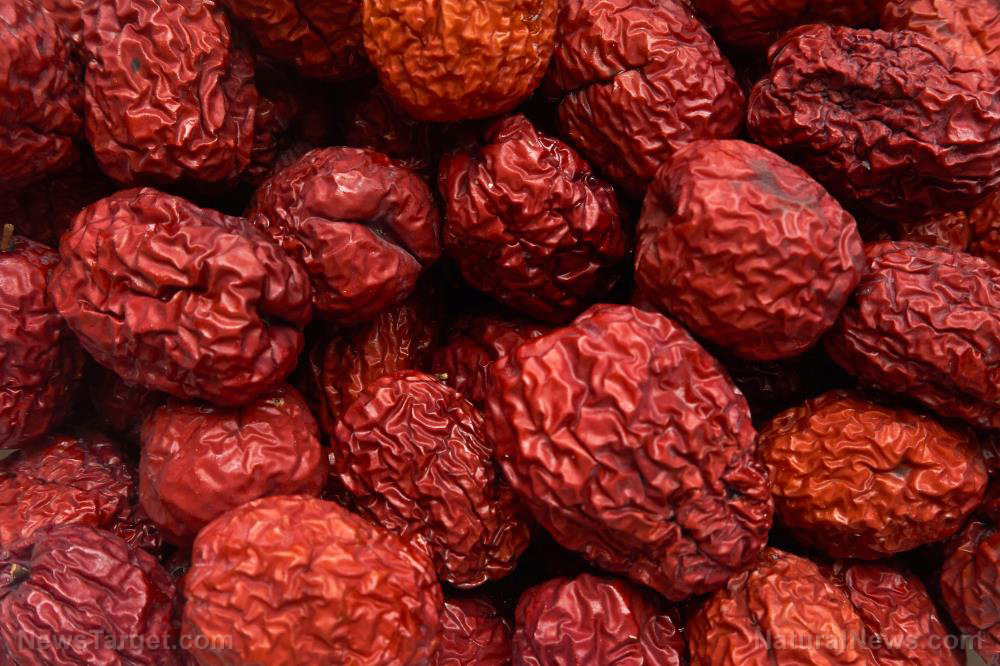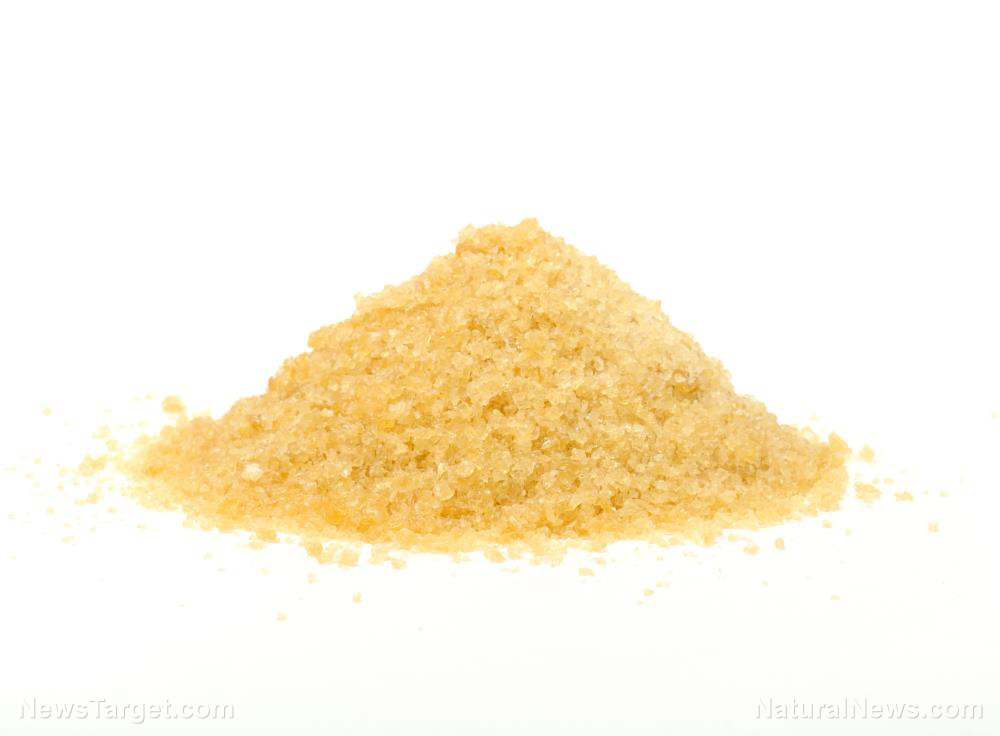This widely distributed African plant plays a vital role in the development of alternative healthcare
12/26/2018 / By RJ Jhonson

With the number of Alzheimer’s disease (AD) sufferers seen to quadruple by the year 2050, researchers are looking for safe and effective methods to prevent the condition’s development and progression. A study published in the journal BMC Complementary and Alternative Medicine suggests that Sarcocephalus latifolius bark, with its potent antioxidant properties, could be a viable candidate as a treatment for AD and a variety of other diseases.
Recent studies maintain that AD is the result of abnormalities in the body’s proteins and lipids, but add oxidative stress as a significant causative factor behind the condition’s onset and progression.
Oxidative stress occurs when the body generates an excess of reactive oxygen species (ROS), more commonly known as free radicals. ROS is a collective term for molecules that are generated as a byproduct of cell respiration. These molecules contain an oxygen atom and an unpaired electron in their outermost shell, making them extremely unstable.
ROS molecules are prone to donating or stealing electrons from cellular components they come in contact with, a process that disrupts the composition and function of the cell. Excessive ROS overloads the cells’ natural defenses, causing oxidative stress and organ damage.
Among the different organs of the body, the brain is among the most vulnerable to oxidative stress. It has high concentrations of oxygen molecules (it uses up 20 percent of the body’s oxygen supply, after all) and has a significant percentage of lipid cells that are sensitive to oxidation.
Mother Nature's micronutrient secret: Organic Broccoli Sprout Capsules now available, delivering 280mg of high-density nutrition, including the extraordinary "sulforaphane" and "glucosinolate" nutrients found only in cruciferous healing foods. Every lot laboratory tested. See availability here.
Vitamins and nutrients that combat the effects of ROS are called antioxidants. They work by neutralizing and converting ROS molecules into hydrogen peroxide that the body processes into harmless water and oxygen. Consuming a diet rich in these antioxidants protects the body from damage caused by oxidative stress.
Keeping this in mind, the researchers looked at Sarcocephalus latifolius, a plant that has long been used as an herbal treatment in Africa for a wide variety of diseases. They suspected that the plant’s healing properties could be traced back to a rich antioxidant content which, potentially, may also make it an effective treatment for conditions that arise from oxidative stress, one of them being Alzheimer’s disease.
The researchers obtained extracts from the plant, which they fractionated between n-hexane, chloroform, ethyl acetate, and n-butanol. They then put it through several tests to determine its properties.
Antioxidant properties were tested through the extracts’ ability to scavenge the 2,2-diphenyl-1-picrylhydrazyl (DPPH) free radical, while phenol and flavonoid content was quantified using spectrophotometric methods.
They determined the most active fraction and assessed its cytotoxicity using MTT assays. They then performed phytochemical analysis involving gas chromatography-mass spectrometry (GC-MS) techniques to identify the chemical components of these fractions.
Lastly, they employed spectrophotometry using the Ellman’s colorimetric method to determine the extract’s ability to inhibit AChE, the enzyme responsible for hydrolyzing acetylcholine (ACh), a neurotransmitter that research observed is lacking in AD sufferers.
They found that S. latifolius did contain high levels of antioxidants, as well as flavonoids and phenolic compounds, which were best expressed in the hexane and chloroform fractions. Cytotoxicity tests confirmed that the extracts are non-toxic to humans.
GC-MS detected the presence of vitamin E and caffeic acid, both known for their antioxidant properties. Very limited anti-AChE activity was detected, but the researchers attributed this to having used the wrong solvent. The presence of caffeic acid, a potent inhibitor of both AChE and BChE, indicated that S. latifolius could have strong inhibitory properties that their solvent was not able to isolate properly
Based on their findings, the researchers concluded that S. latifolius could be used as a potent source of antioxidants, such as vitamin E and caffeic acid, which could make it a viable approach to treating AD and other diseases caused by oxidative stress. Their cytotoxicity tests also indicated that the plant’s extracts are safe for use in the food industry.
Learn of natural ways to prevent Alzheimer’s disease at Cures.news.
Sources include:
Tagged Under: alternative medicine, Alzheimer's disease, antioxidants, brain function, caffeic acid, herbal medicine, Herbs, mental health, natural cures, natural medicine, Naturopathy, Sarcocephalus latifolius, vitamin E




















